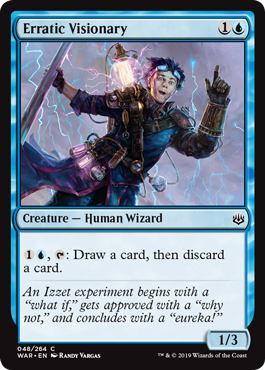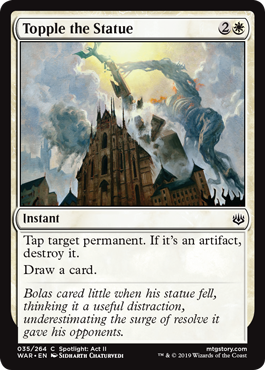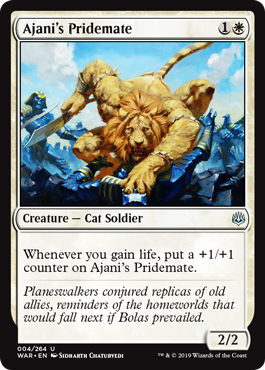

Adding another land type is simple enough, but the payoffs for snow spells always seemed worse than the cost. Snow is a supertype for basic lands that other cards check for. Ice Age is most famous for introducing the snow mechanic. Let’s take a look at the major mechanics and themes, analyze some popular cards, and see how they did! Snow Skaff EliasĮlias and the team ultimately hit some of these marks but missed others. We wanted games to last longer (when we started the design of the set, the Magic environment was too fast due to unlimited card restrictions) and have more turnabouts. We wanted strategy in simple creature combat as well as flashy enchantments that gave you cards for life. We wanted a set where the “allied” colors were played more often with each other than enemy colors were. We wanted a set where the idea that a color was short on creatures meant something. We wanted a set where flying was special, not just an extra word tacked on to every played creature. A quote from Elias’s “ The Dawn of Magic’s Ice Age” explains their design philosophy best: The team had a lot of time to work on the set which meant more cards could be tested and printed. Elias and the crew started working up a new Core set but delays and complications pushed Ice Age’s release back quite a bit.įive other expansions were released before Ice Age was ready in 1995. Ice Age was in development around the same time as Alpha and was originally planned as a “better basic set.” A “Magic: 2,” a standalone follow-up more akin to today’s Core sets rather than a themed expansion. You’ve probably heard the origin of the “:the Gathering” appended to the end of Magic’s name, how Garfield wanted each set to have its own themed name but the idea was scrapped for branding reasons. Ice Age was designed by Skaff Elias and the rest of the “East Coast playtesters,” friends of Richard Garfield from the early, early days of Magic (we’re talking 1991, before any cards were really in circulation). Winter’s Chill | Illustration by Edward P.

The world of Dominaria started to thaw roughly 2000 years after the Sylex Blast. The Ice Age ended when the planeswalker Freyalise cast the World Spell, rejuvenating the land and shattering the Shard.

On a more metaphysical level, the plane of Dominaria began to form the Shard of the Twelve Worlds, a planar “envelope” composed of a dozen planes that were then blocked off from the rest of the multiverse. New cultures arose over time and were forced to unite against a common enemy: Lim-Dûl the Necromancer (who wouldn’t actually get a card until Time Spiral). By the time of the Ice Age all the major civilizations on Dominaria had succumbed to war, famine, or the frigid cold. The shockwave and destructive force of the blast sent Dominaria into a Dark Age as the climate cooled and glaciers crept across the world. Urza later reconstituted when his planeswalker spark ignited and left Dominaria in the hands of his apprentice, Tawnos. It destroyed the continent of Argoth and all of its citizens as well as the tectonic plates beneath the island (go ahead and mark “Genocide” on the Urza’s War Crimes Bingo sheets I’ve passed out). The resulting Sylex Blast (i.e., Urza’s Ruinous Blast) was apocalyptic. Thousands of years before the War of the Spark on the continent of Terisiare in Dominaria, the Brothers’ War ended when Urza activated the Golgothian Sylex, instantly disintegrating himself and his Phyrexian-corrupted brother, Mishra. Snowblind | Illustration by Douglas Shuler


 0 kommentar(er)
0 kommentar(er)
